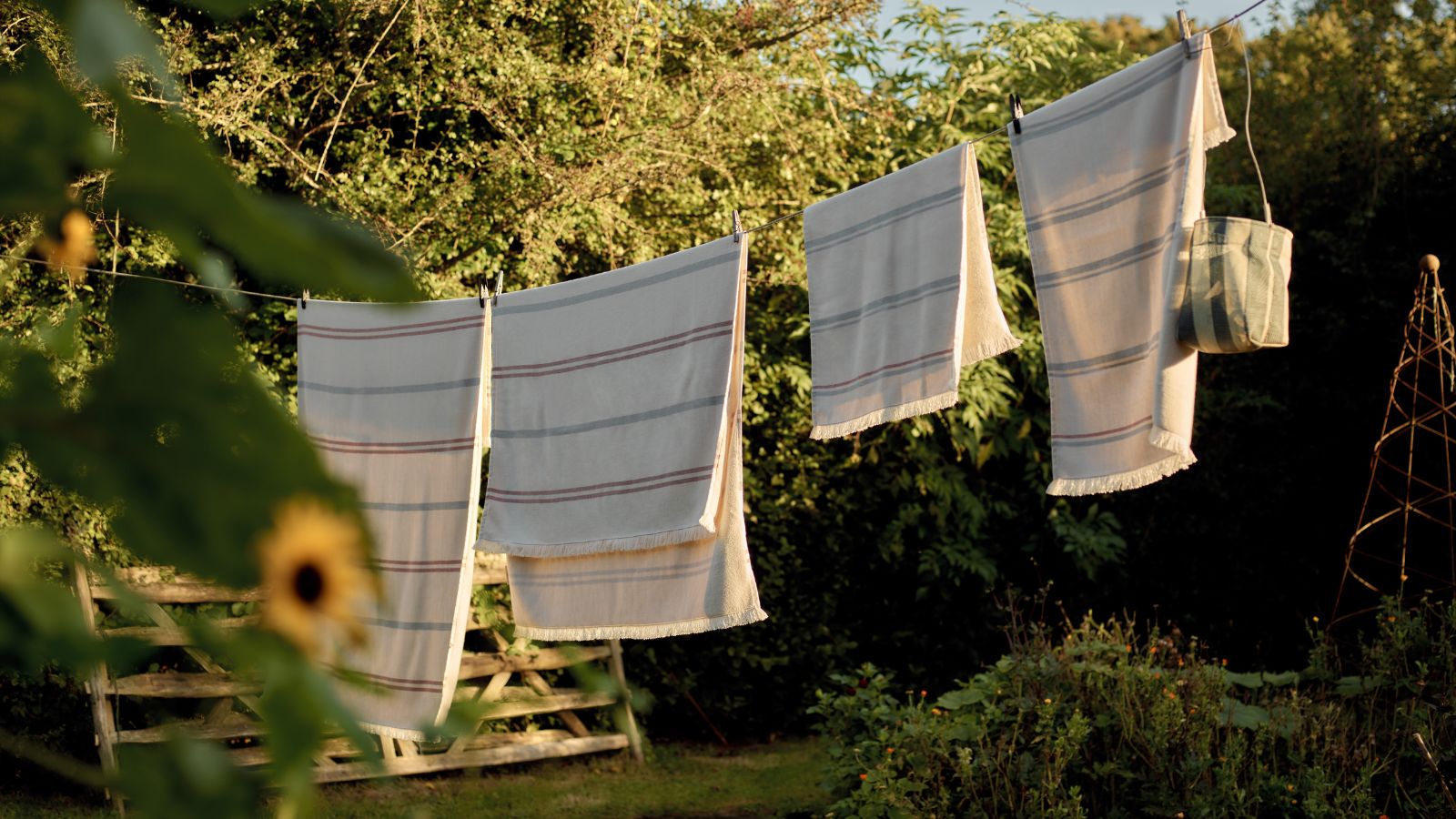
With May just around the corner, bringing with it copious sunshine and Asthma and Allergy Awareness Month, it's the perfect time to ask if you should dry your clothes outside if you have hayfever.
Whilst there are so many benefits to air drying laundry, allergy experts agree this can exacerbate things for those with those pesky seasonal allergies, leading to extra attacks, sneezing, watering or itchy eyes and more uncomfortable reactions.
We've asked doctors for their advice on whether drying your clothes outside is a big yes, or a big no if you suffer from pollen-induced reactions.
Should you dry your clothes outside if you have hayfever?
In short, no. Air drying your laundry outside can exacerbate asthma and allergy symptoms and make people with sensitivities to pollen feel endlessly and unnecessarily unwell.
Dr. Emma Lin, a pulmonary and sleep medicine physician and co-founder of Ready02 doesn't advise drying clothes outside. She says, 'If you have a patient with hayfever, it's a major trigger. I've had numerous patients present with non-stop sneezing, clogged noses, and coughs, only to discover their fresh laundry was introducing allergens right into their home.'
Whilst harnessing the natural stain removing power of sunshine can be so handy, such as when sun bleaching to remove stains on white shirts, if you suffer seasonal allergies, you're better off giving this laundry tip a miss.
'No you shouldn’t as the clothes can pick up pollen particles,' agrees Dr. Purvi Parikh, allergist and immunologist for Allergy & Asthma Network. 'It's best to dry clothes indoors with windows closed. We always recommend all pollen sufferers to change their clothes and shower when they get home.'
Our experts look at the reasons why drying your clothes outside if you have hayfever isn't a good idea.
1. Pollen accumulation
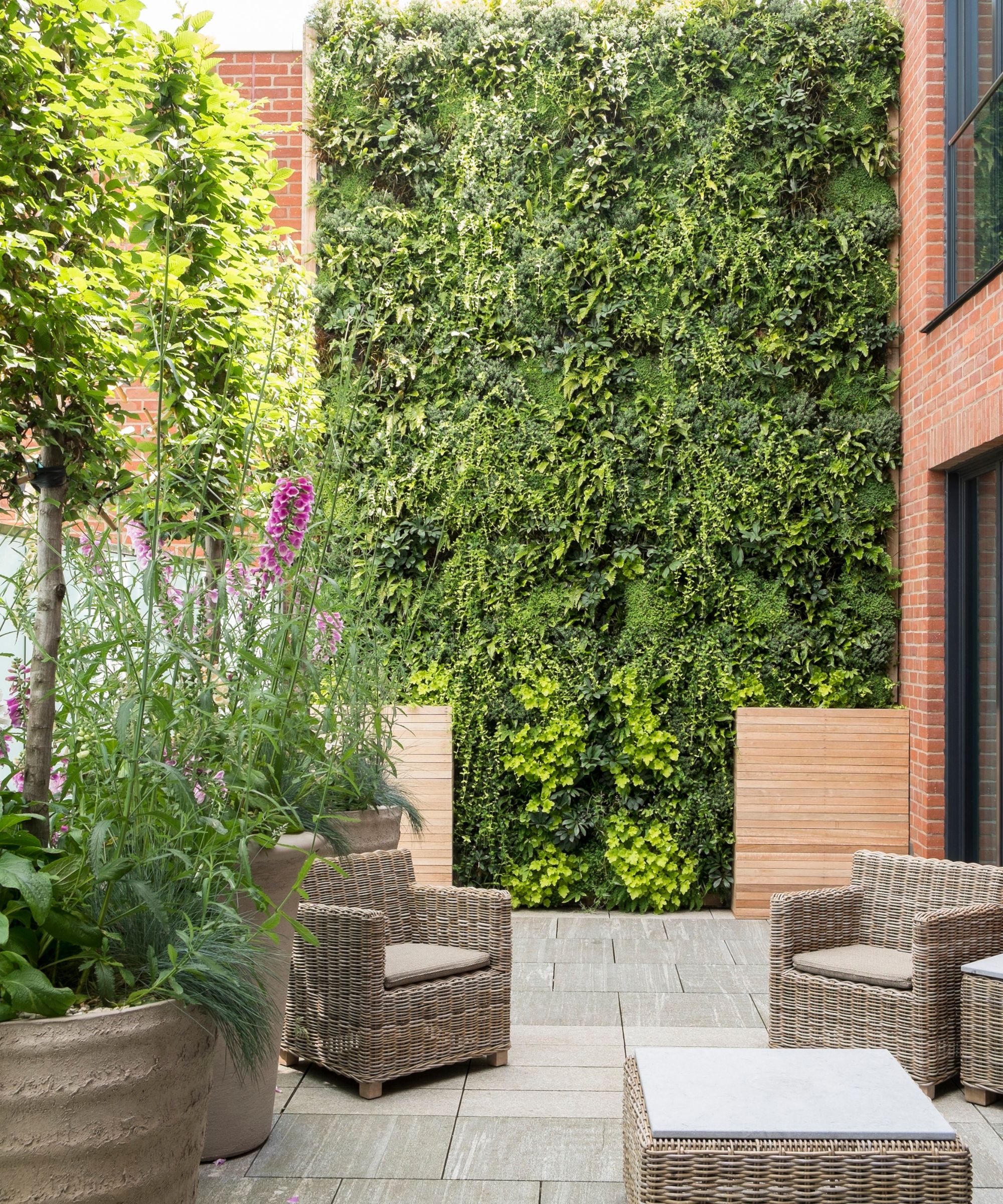
During high pollen season, pinpointed by The American College of Allergy, Asthma & Immunology (ACAAI) as beginning in February and lasting until the early summer in most states where tree pollination is concerned, there's a risk of it accumulating seasonal allergens on fabric and clothing dried outside.
Later in the spring and summer, grass pollen becomes a constant headache for sufferers, while ragweed in the late summer and fall is an eye-watering nuisance you're better off keeping your freshly cleaned laundry away from.
The ACAAI also explains that if your allergies kick off earlier or later, it might be as a direct results of a mild winter causing plants to pollinate earlier than usual, whilst a rainy spring can also promote rapid plant growth and lead to an increase in mold, causing symptoms to last well into the fall.
'This may have even more impact for people who live in forested or nature areas as the pollen levels will be higher than in mostly urbanized areas,' says Dr. Lopes, assistant professor of pediatrics at Case Western Reserve University. 'A parallel advice we give patients and families is to remove their clothes and take a shower when coming back inside the house after a day with high pollen, as that can also reduce the level of pollen exposure.
Pets can also bring pollen in, so it's a good idea to give them a warm hose down before they enter the house. Thousands of happy Amazon customers swear by their allergen spray, which reduces the number of airborne allergens in your home and particles on your surfaces with natural ingredients.
The product is lab verified to reduce major allergens by attracting and attaching to pollen and other allergens such as pet dander and then neutralizing their impact.
2. Increased exposure

There are certain times of the year where pollen can be higher than others, naturally this does depend on where you live.
Monitor the peak pollen count times, Dr. Lopes explains, 'It's definitely worth being more aware during the phases of high or very high levels of pollens, which would be Spring for tree pollens, Summer for grass pollens, and Fall for weed pollens, keeping in mind there is some overlap through different seasons for these pollens depending on the year.'
Hayfever symptoms tend to appear when the pollen count exceeds 50 grains per cubic meter of air which is considered low, whereas high is when it's around 1,000. It tends to rise in the morning and peaks around midday or early afternoon.
Amazon's smart air quality meter with Alexa can pick up potential allergens and irritants throughout the year as well as other things like chemicals and carbon monoxide and is a constant bestseller.
3. Pollen in bedding

Perhaps one of the main reasons why it's not a good idea to hang washing outside is that is can get onto your bedding, causing miserable long nights of discomfort.
'When bedding is hung outside, particularly in allergy season, it will pick up microscopic pieces of pollen suspended in the air. Grass, trees, flowers, it all happens,' says Dr. Emma Lin.
'It lingers', she adds, 'And then your bedding collects pollen, you sleep in it, and breathe it. It can make people who are sensitive miserable, with itchy eyes, runny nose, sneezing, and even an asthma attack. I've seen it disrupt people's sleep, too, particularly with allergic asthma. They wake up with a cough, congestion, or just general misery.'
One of the best hayfever remedies for the home is to have your window open during the evening, as it will help to disperse particles that may have built up during the day.
Alternatives to drying clothes outside
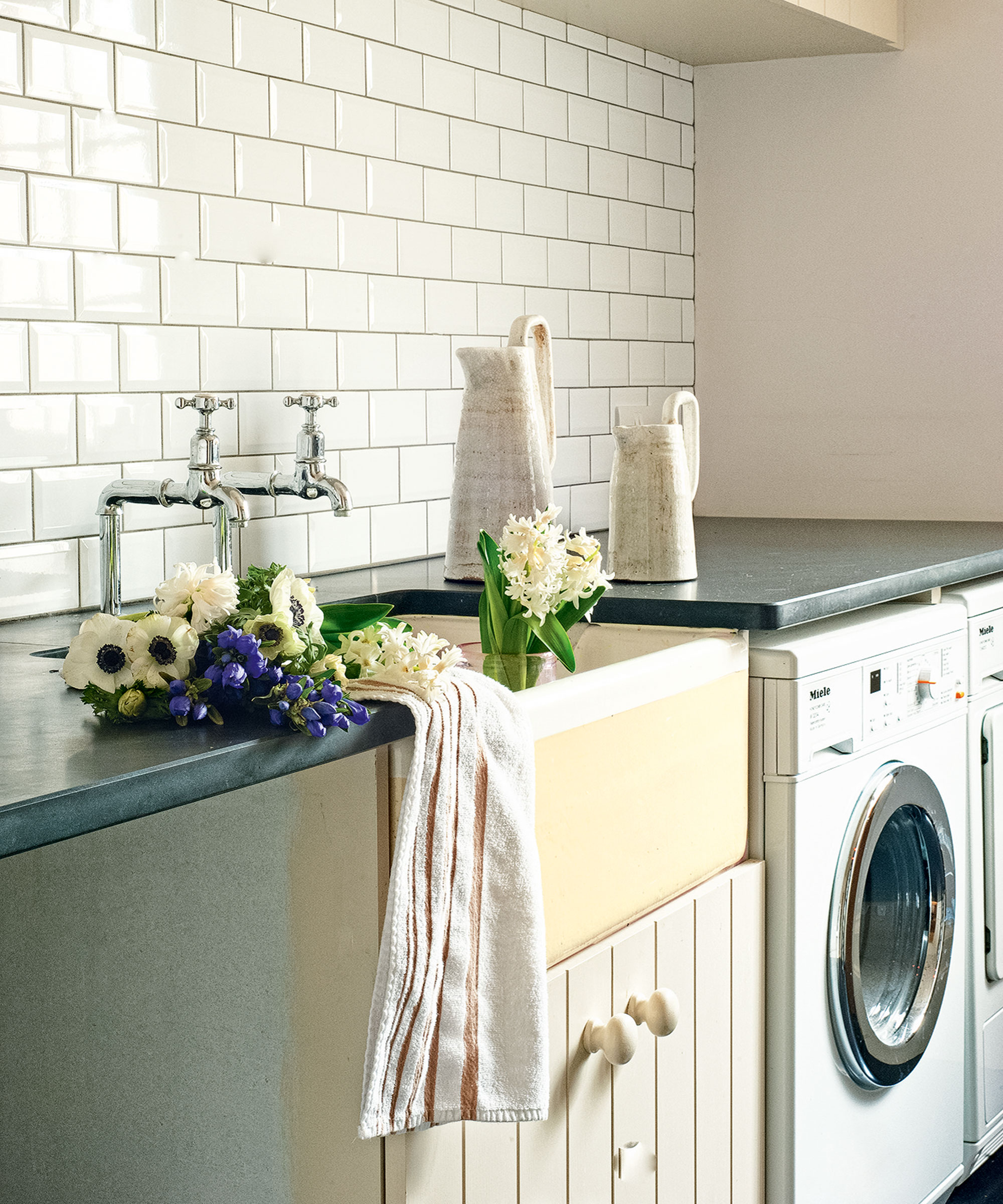
There are alternatives, and it is possible to dry clothes in a small space too, 'A dryer is best, particularly one that has a good filter,' advises Dr. Emma Lin. 'Hang them to air dry if you don't have a dryer, but do it inside with good air movement. Close windows at times of high pollen, the early morning and before sunsets.'
Head of Solved, Punteha van Terheyden uses a cheap small dehumidifier from Amazon to speed up indoor air drying of clothes, bedding and towels when the pollen count is high. She says, 'I get terrible hayfever and avoid air drying on high pollen days. When I have lots of laundry to dry but don't want the extra energy cost of using the dryer constantly, I turn on my energy-efficient dehumidifier, which I bought from Amazon, and air dry indoors. It's speedy and effective.'
As we mentioned, it is still possible to bring in pollen just from being outside, Dr. Emma suggests getting a good HEPA-filtered air purifier to help clean the air inside your home. We like the Pure Zone 3-in-1 True HEPA design from QVC, which has multi-stage filtration and three fan speeds.
We've sourced our top three alternative buys for drying your clothes.
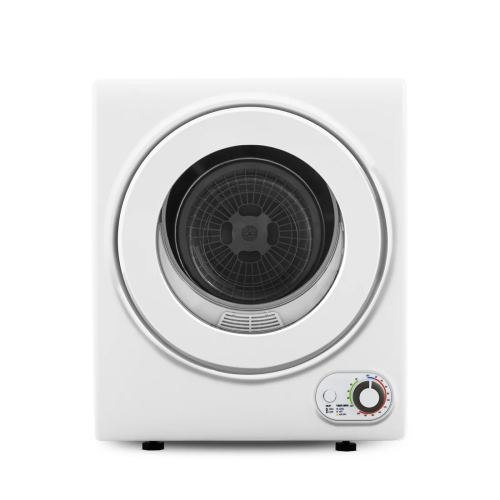
This highly rated portable clothes dryer has highly rated. It has a powerful 850W motor that can effectively dry up to 10 pounds of wet laundry. The compact size means it will fit into a small kitchen or laundry room. There are multiple drying modes for different types of materials – from delicate to heavy duty, it has you covered.
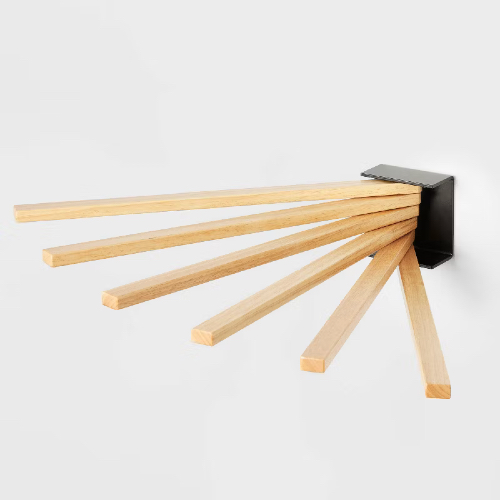
Living in an apartment or have a lack of floor space? This clever wall-mounted drying rack is perfect for drying up to six garments, or 10 lbs of laundry at a time. It has rubber wood arms on a black wall mount that can be pulled out when drying and folded up flat when not in use.
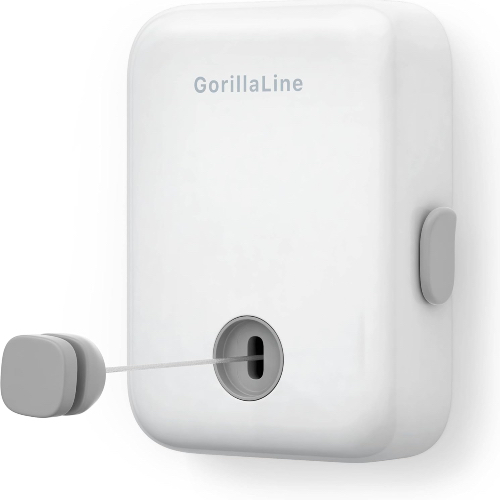
Ditch the bulky drying racks that take up floor space and consider this wall mounted indoor/outdoor retractable drying rack. You can set it up in minutes and can extend to 13.9 ft maximum. The modern design ensures it won't be an eyesore, and you can use it for everything from bedding to towels and clothes.
Meet the experts
Not being able to air dry your clothes when you suffer from hayfever can be hard, especially during the key months when it's tempting to do it. If you do love spending time in your garden, there are some flowers that you can grow for hayfever sufferers that have less pollen.







